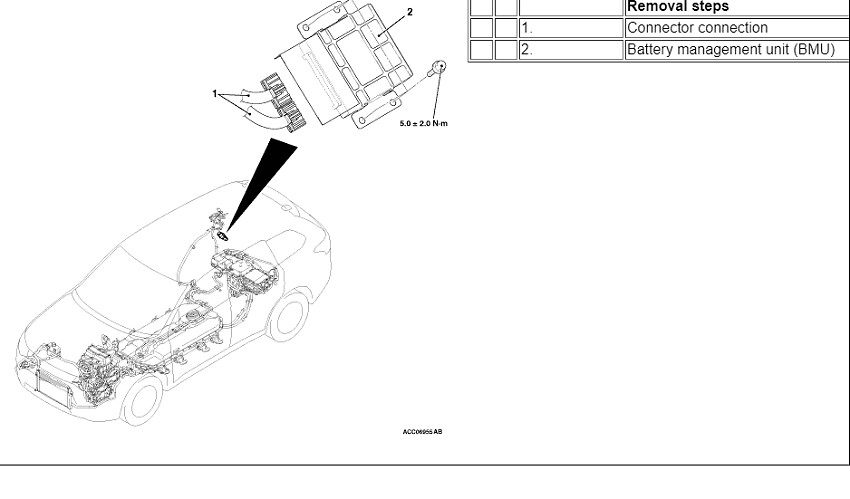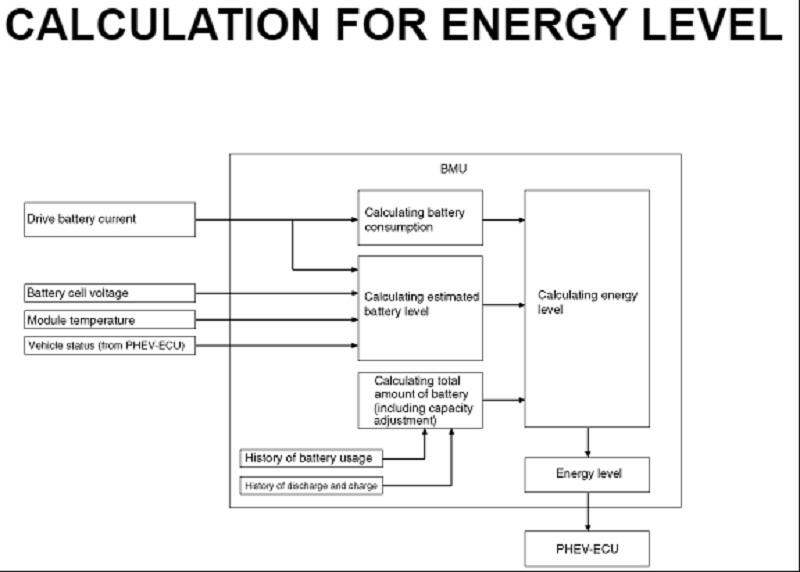Trex
Well-known member
As part of my ongoing research into the drive battery as mine is showing in the 70s percentage of battery health I wish to run this past the members here what I have learnt so far.
This research is far from finished for me.
But lets bring some quotes from the I think German that has moved to Australia that I first saw on Youtube.
Now I have left some of his quotes out here but according to Bert he was getting 35km at 80% state of health to getting 59km, half of that on a highway and 99.7% battery health just by doing a battery cell smoothing procedure and a BMS reset.
and 99.7% battery health just by doing a battery cell smoothing procedure and a BMS reset.
Now anko first brought up a refreshment procedure described by jaav as "A service offered by Mitsubishi balancing the cells" back in the other thread I started which I think is the battery cell smoothing procedure described above.
Here is anko's quote:
So a little lift for anko for "Mitsubishi balancing the cells" to a big lift for Bert for "battery cell smoothing procedure and a BMS reset."
So if I am right they are the same why would a BMS reset lift it up so far. For sure a reset should just "zero" the BMU but not get a increase in range like Bert.
So what is happening?
Well I think the BMU is getting out of "whack".
How do you measure battery capacity?
From my instruments for measuring cell capacity on my RC chargers and Ev pushbike they are measuring current and voltage and time to give a capacity reading ie top to bottom discharge.
But the PHEV never fully discharges its drive battery. So how does it work out its capacity properly?
By "guessing" using algorithms I think.
Now the BMU data list from my battery report from the MUT-III show:
No 400 Cell current capacity (measured) always 0.0 Ah on my PHEV
No 401 Cell current capacity difference always 0.0 Ah on my PHEV.
So I think Mitsi can do full capacity check with the MUT-III and will check with them next week to do so on my PHEV.
I am probably going to also ask for a BMU reset after that test.
Will let you know how I go.
Regards Trex.
Edit change name for searching purposes.
This research is far from finished for me.
But lets bring some quotes from the I think German that has moved to Australia that I first saw on Youtube.
Bert said:I've got a MY14.5 here in Australia, bought it end of 2015 from a dealer. Mid 2017 I lost range and could do only 35km (21mi) on a full charge. I complaint with another dealer and they did a battery cell smoothing procedure and a BMS reset. ........... The capacity was down to 80% state of health already with no more then 58000km (36000mi) driven.
After the procedure I had my full capacity back with 50km+ on pure EV range, but... well other problems occured.
Bert said:Yes, the batteries capacity went back from 80.5% SoH to 99.7% with 38Ah. The first drive I did was 59km on pure EV, half of that on a highway. The very next day though I had already lost 0.1Ah again and until now (3 months later), I'm back to under 90% SoH...
Now I have left some of his quotes out here but according to Bert he was getting 35km at 80% state of health to getting 59km, half of that on a highway
Now anko first brought up a refreshment procedure described by jaav as "A service offered by Mitsubishi balancing the cells" back in the other thread I started which I think is the battery cell smoothing procedure described above.
Here is anko's quote:
anko said:June, 2016: 32.5 / 33.4 (before / after refreshment procedure)
So a little lift for anko for "Mitsubishi balancing the cells" to a big lift for Bert for "battery cell smoothing procedure and a BMS reset."
So if I am right they are the same why would a BMS reset lift it up so far. For sure a reset should just "zero" the BMU but not get a increase in range like Bert.
So what is happening?
Well I think the BMU is getting out of "whack".
How do you measure battery capacity?
From my instruments for measuring cell capacity on my RC chargers and Ev pushbike they are measuring current and voltage and time to give a capacity reading ie top to bottom discharge.
But the PHEV never fully discharges its drive battery. So how does it work out its capacity properly?
By "guessing" using algorithms I think.
Now the BMU data list from my battery report from the MUT-III show:
No 400 Cell current capacity (measured) always 0.0 Ah on my PHEV
No 401 Cell current capacity difference always 0.0 Ah on my PHEV.
So I think Mitsi can do full capacity check with the MUT-III and will check with them next week to do so on my PHEV.
I am probably going to also ask for a BMU reset after that test.
Will let you know how I go.
Regards Trex.
Edit change name for searching purposes.




































